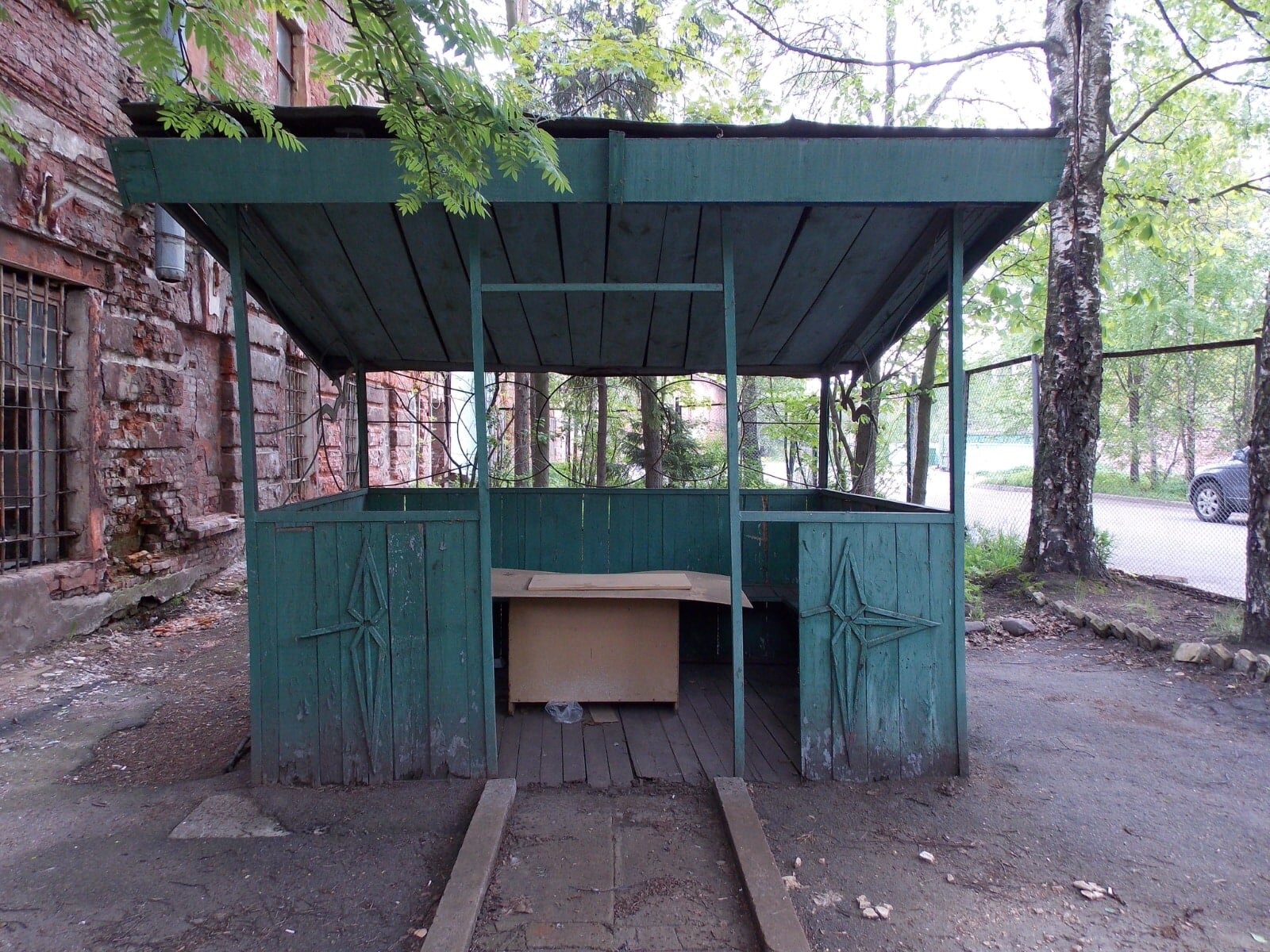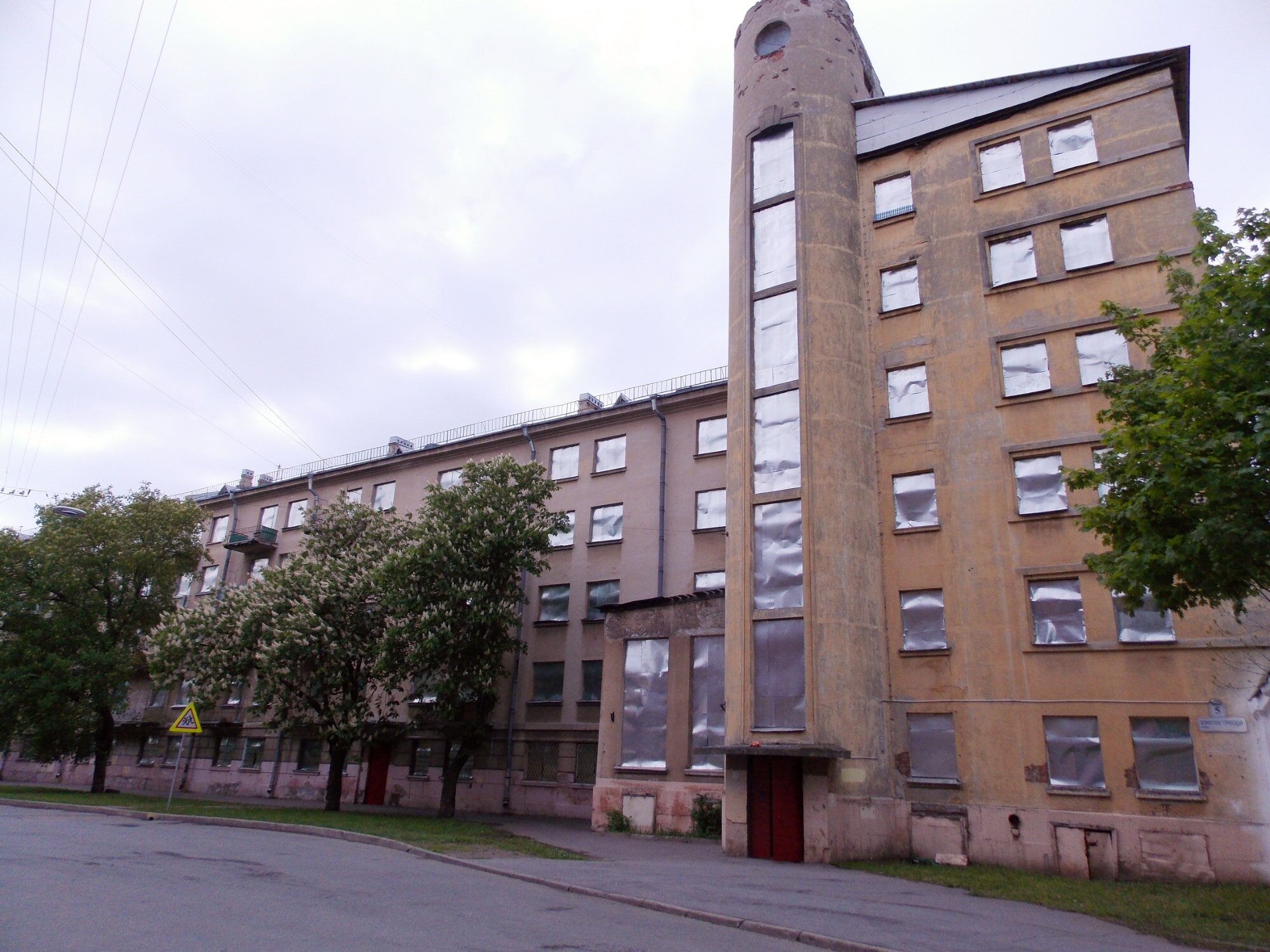Kronstadt post-Soviet transformations
2013
Kronstadt is situated on Kotlin Island, a Russian island in the Gulf of Finland that is home to one of Russia’s most important naval bases. It is known for the 1921 rebellion by sailors, soldiers and workers who stood up against the bolshevik dictatorship of Lenin. This rebellion was put down very aggressively. Until the end of the Soviet Union, Kronstadt was the main base for the Russian Baltic fleet and therefore a military and forbidden zone for civilians. After the fall of the Soviet Union, the area slowly began to change with the arrival of civilians and tourists. Many military buildings are now abandoned and being vandalized.
In 2013 I stayed on the island as part of an Artist in Residence project. I explored the island and documented sites where the military and civilian land use met. Here, I found objects that could be described as ready-made art works.
By coincidence, Putin planned to visit the island that month, to see the restored cathedral and ‘his city of military glory’. To not disappoint him, the ruins were rapidly covered with sheets and many cosmetic interventions were done to hide the decay. Blasted windows were covered with metal sheets to counter snipers.
My observations were collected shared with local inhabitants in a debate on the actual meaning of these former military objects. The State Museum of the History of St. Petersburg exhibited and collected my video-observations.







The emotional state of an individual
2013
One-minute observation of shades moving over an abandoned Lenin head, sculpted by an anonymous artist.
Monuments
2013
One-minute observations of two urban phenomena in Kronstadt, the one being four cloths on a collective laundry drying and the other being four military heroes.
Kronstadt: documenting post-Soviet transformations
2013
In collaboration with NCCA St. Petersburg